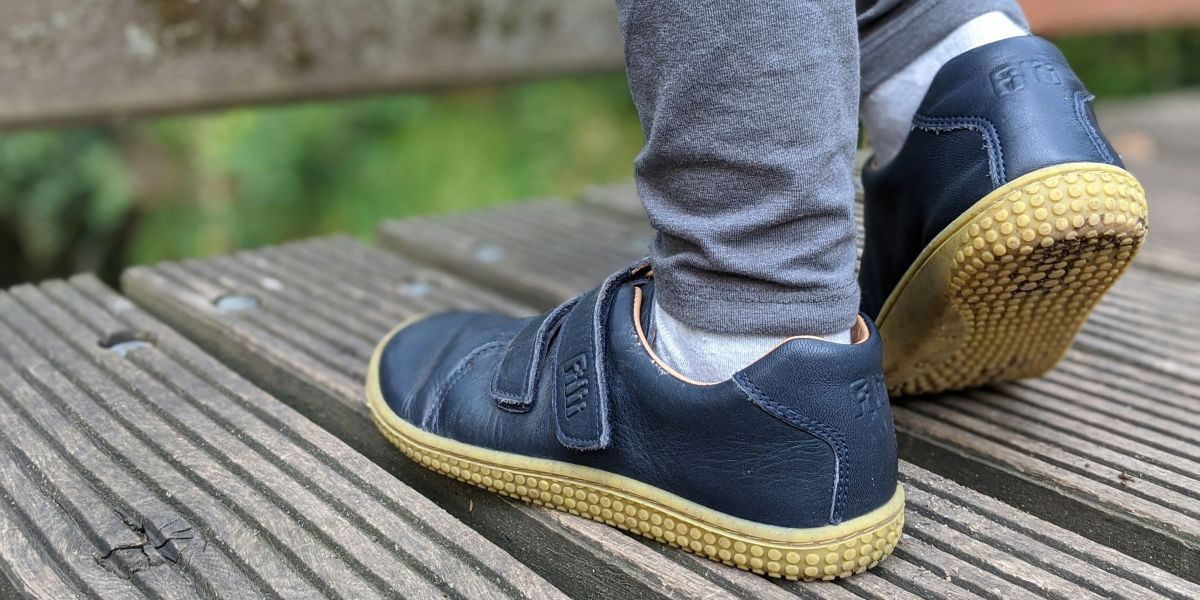By: Jacob Maslow
When it comes to preparing your child for the school year, school shoes are often one of the overlooked yet important items. They’re worn for around 35 hours a week, enduring everything from playground scrambles to classroom concentration.
A good pair of school shoes can play an important role in supporting children’s growing feet and contributing to their overall comfort and focus throughout the day. Investing in the right kids’ school shoes may make a noticeable difference in your child’s posture, gait, and potentially even their self-confidence.
Understanding Growing Feet and Their Needs
Children’s feet are constantly developing, which makes it essential to select shoes that cater to both current and future foot health. Unlike adult feet, kids’ feet are still forming bones, so poorly fitted shoes might lead to long-term issues.
A child’s feet typically grow around two sizes each year until the age of five, and one size each year thereafter. This means that regular checks and updates to footwear are advisable. Flexible soles, breathable materials, and room to move the toes can help support natural foot development.
Key Features to Look for in School Shoes
When shopping for school shoes, comfort and support should be prioritized over looks or trends. Start by choosing shoes with sturdy soles that offer grip and stability, especially if your child is active during recess and lunch breaks.
A firm heel counter may help keep the foot in place, while arch support could reduce fatigue on long school days. Look for padded collars and soft linings to minimize the likelihood of blisters. Lace-up or Velcro fastenings offer adjustable fit, helping to secure the foot and reduce movement inside the shoe. Leather uppers are often preferred as they allow feet to breathe while remaining durable enough for everyday wear.
Velcro, Laces, or Buckles: What’s Best?
The best fastening option often depends on your child’s age and dexterity. Younger kids typically benefit from Velcro straps, which allow for quick changes and foster independence. Older children, especially those in higher grades, might prefer lace-up styles that offer a more secure fit.
Buckles can be suitable for traditional school uniforms or formal requirements. Ultimately, the right choice is one that your child can manage independently and that keeps their foot securely in place.
The Importance of a Proper Fit
It’s not enough to guess your child’s shoe size or base it on their previous pair. Ill-fitting shoes can lead to blisters, ingrown toenails, or even long-term foot deformities. Ideally, kids’ school shoes should have a thumb’s width of space between the toes and the end of the shoe, with no slipping at the heel.
When fitting, do so later in the day when feet are slightly swollen, mimicking their size during a full day of walking. Make sure your child wears their school socks during the fitting to get an accurate sense of comfort and fit.
Tips for Extending the Life of School Shoes
School shoes take on a lot of wear, but there are ways to keep them in good condition for longer. Encourage your child to undo the fastenings when taking them off rather than kicking them off, which could wear down the heel.
Rotate between two pairs if possible, giving each a day to air out and dry. Regularly clean leather shoes with a damp cloth and polish them to maintain their durability and appearance. Insoles can also be refreshed or replaced to reduce odor and add extra cushioning.
Signs It’s Time for a New Pair
Even if your child insists their shoes are still comfortable, it’s worth inspecting them periodically. Look for signs such as worn-out soles, torn stitching, uneven wear, or compressed cushioning. Complaints of foot pain, limping, or red marks on the feet could be red flags.
As kids may not always voice discomfort, checking their shoes every couple of months can help you stay ahead of any problems. Typically, children outgrow or wear out their school shoes every 6–12 months.
Making the Experience Fun and Educational
Involving kids in the shoe shopping process may help them learn the importance of foot health and responsible decision-making. Let them test out different pairs by walking around the store and doing a few light jumps or sprints.
Explain why certain features matter and let them express preferences within the options that offer proper support. This way, your child will not only get a pair of shoes that fit well but also feel more confident and happy wearing them.
Summary
Choosing the right school shoes for your child is more than a back-to-school chore—it’s an investment in their daily comfort and long-term health. By understanding what makes a shoe suitable for growing feet, regularly checking fit, and encouraging good shoe care habits, you’re helping your child walk comfortably and confidently through the school year. A pair of well-fitted, supportive shoes can provide a solid foundation for learning, playing, and everything in between.
Published by Joseph T.

















